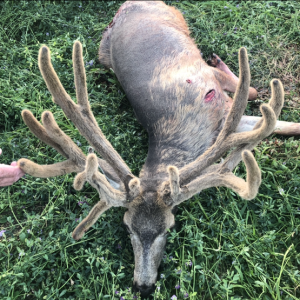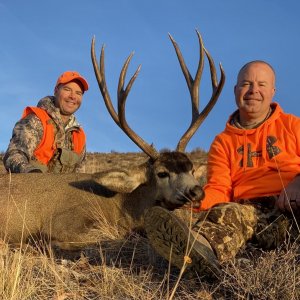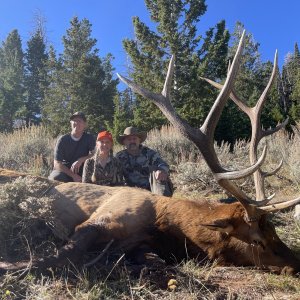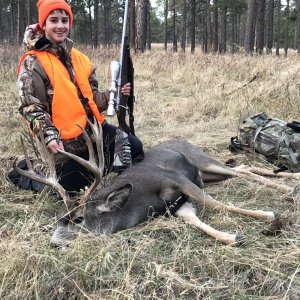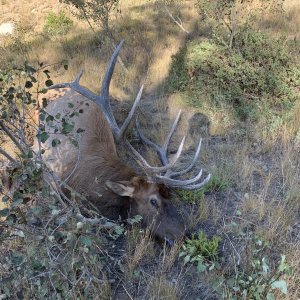coyoteslayer
Active Member
- Messages
- 348
Here is a question for you.
Do you think that buck to doe ratios effect fawn survival rates? Talking with a guy the other day, and I thought he had a legitimate point. He thinks predators are taking a toll on the fawns because, the fawns are being born at different times during the summer/spring, because of the lack of buck to doe ratios. His thoughts were if you had a higher buck to doe ratio, that the does would all be bred at the same time, and that fawns would be born at the same time, causing less predation. What do you think?
Do you think that buck to doe ratios effect fawn survival rates? Talking with a guy the other day, and I thought he had a legitimate point. He thinks predators are taking a toll on the fawns because, the fawns are being born at different times during the summer/spring, because of the lack of buck to doe ratios. His thoughts were if you had a higher buck to doe ratio, that the does would all be bred at the same time, and that fawns would be born at the same time, causing less predation. What do you think?



